Microgreens are low sprouts of green crops or vegetables less than 2 weeks old that are put into food or used to decorate dishes.
Usually, they do not exceed 1,5 inches in height. These greens are rich in vitamins and trace elements. They are used to make salads, smoothies, smoothies, soups, etc. Cultivation of microgreens – an important niche for the development of their own business.
How much to sell microgreens for? With the right approach, compliance with cultivation technology, and established sales channels, the business will give a regular profit and open up prospects for further expansion.
You will learn how to implement the idea of a microgreens business from scratch in this article.
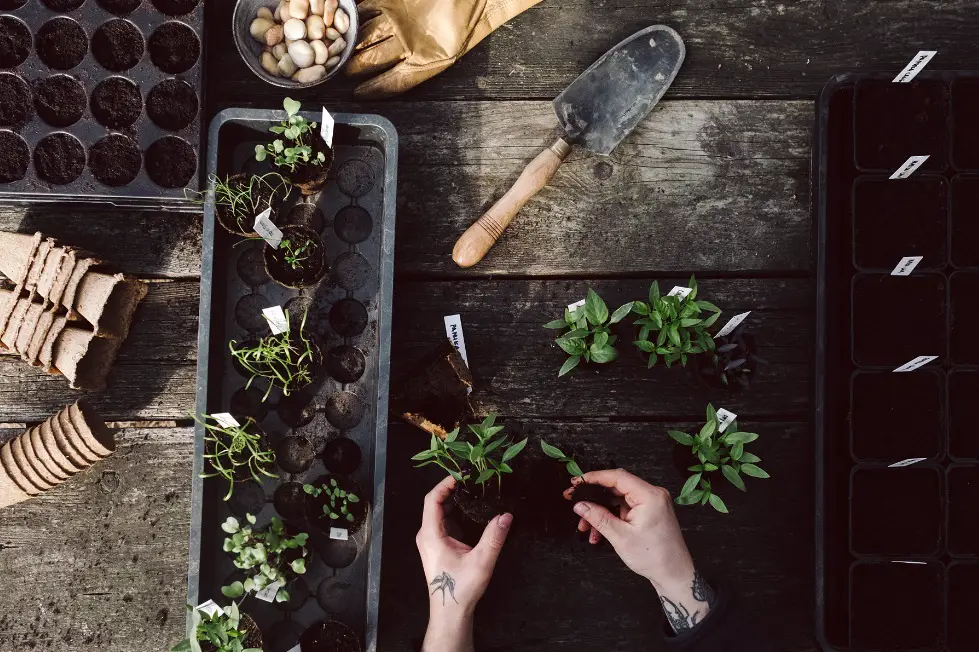
Contents
- 1 Advantages and disadvantages
- 2 Steps before starting a microgreens business
- 3 Profitability of growing microgreens
- 4 Competitive market
- 5 Cost to start a microgreens business plan
- 6 Cost price for a tray of microgreens
- 7 Popular microgreens seeds to grow
- 8 Requirements to grow microgreens in a greenhouse
- 9 Conclusion
- 10 FAQ
Advantages and disadvantages
Despite the apparent simplicity and economic security of the idea, it has strengths and weaknesses. Let’s analyze the growing microgreen situation in more detail.
Advantages
Greens are a highly valuable product due to their rich vitamin content and their ability to improve overall health while providing a therapeutic effect for various diseases.
This product has gained popularity among individuals who follow a healthy diet, avoid animal fats, and maintain a healthy lifestyle.
One of the notable advantages of growing microgreens is the short growing time, with a turnaround of approximately two weeks from planting to harvesting.
This crop benefits from low competition and can be cultivated all year round, as it is not restricted by seasonal limitations.
Disadvantages
To obtain a high-quality product, a fundamental understanding and experience are necessary.
Greens, being a perishable product, entail significant financial risks in the absence of established sales channels.
Furthermore, the cultivation of different types of greens necessitates varying conditions, thereby restricting the number of crops that can be grown in a single area.
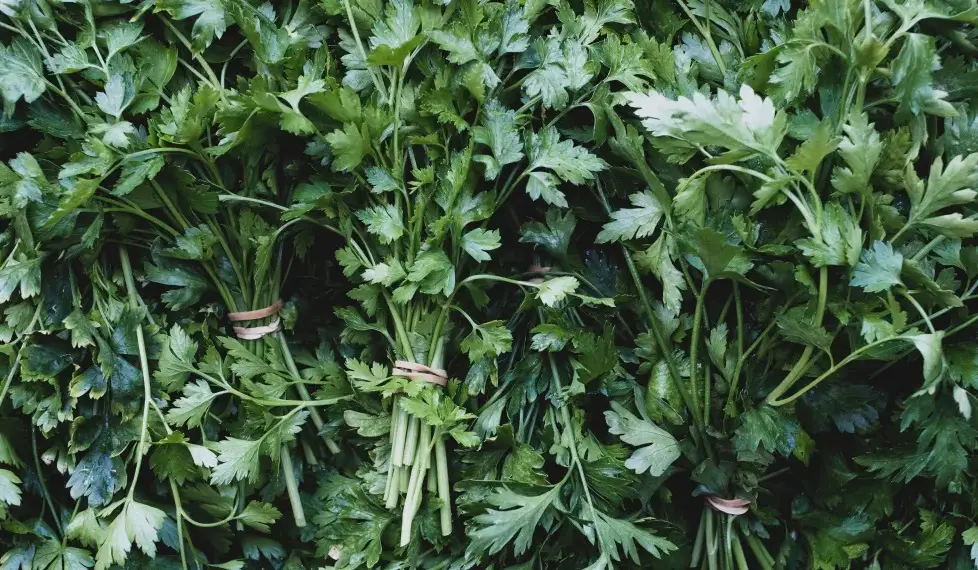
Steps before starting a microgreens business
When starting a business in the agricultural sector, there are several key steps to consider.
First, it is crucial to analyze the local market and assess the level of competition present for microgreen growers. This market analysis will help determine the viability and potential demand for the chosen crops.
Additionally, securing start-up capital is essential to cover initial expenses such as land, equipment, and operational costs for microgreen growers.
Alongside this, identifying and establishing potential sales channels for microgreen growers is necessary to ensure a steady flow of customers and revenue.
Conducting a comprehensive cost estimate and profit forecast is vital for understanding the financial aspects of the business and estimating expected profitability.
Moreover, a thorough assessment of the risks involved in the agricultural industry should be conducted to develop appropriate risk management strategies.
Once these preparatory steps have been completed, registering the business is necessary to comply with legal requirements and establish credibility. Finally, hiring competent staff who possess the required skills and knowledge is essential to ensure smooth operations.
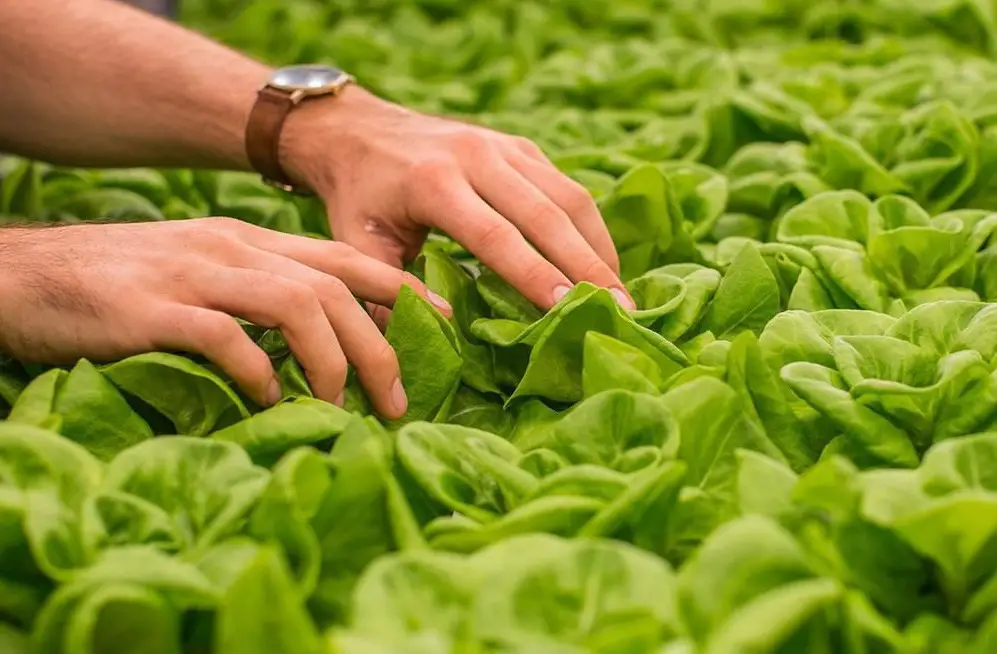
Profitability of growing microgreens
It is recommended to start this business only after a detailed plan has been made and the market has been determined.
Microgreens are preferred by various groups of customers, including private consumers, vegetable and local grocery stores, health food shops, restaurants, hotels, and cafes.
Today, this trend is at the peak of popularity and is in high demand, especially in large cities. Because of this, problems with selling microgreens rarely arise, and the market provides good opportunities for successful business development.
In general, opening a business in this area can be promising and bring good profits with proper organization and management.
Competitive market
Before you get to the practical part of implementing your business idea, analyze the local market. You need to assess the potential, to identify the running positions of microcultures in your city.
The advantage of the project is considered the lack of attachment to the megalopolises; organic microgreens are in demand and administrative areas with a small number of residents, even if half of them live in private homes.
Find out if there are a lot of restaurants and large catering establishments, vegetable and grocery stores, and farmers’ markets. Ask where they get their goods and in what quantities.
As long as the competition in this niche is not high. But even it can ruin your business – especially in a small town, where the principles of good nutrition are not yet as common as in metropolitan areas.
This is why it is so important to identify your competitive advantages and choose the right crops to grow. Otherwise, any advertising will be ineffective.
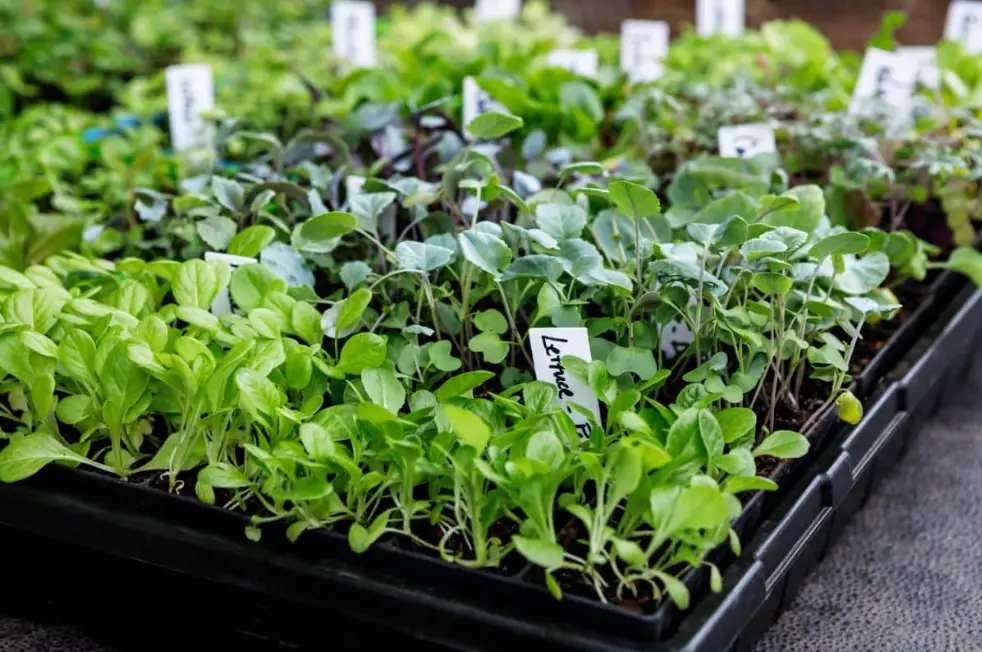
Cost to start a microgreens business plan
How much you can earn from growing and selling a tray of microgreens depends on many factors, including the cost of the business and basic expenses.
If you consider microgreens as a viable business model, you need to consider the cost of inventory, the creation of proper conditions, and a productive growing system. Major start-up costs may include the following items.
First, inventory, including the purchase of microgreens seeds, planting boxes, substrate, and other necessary materials.
Second, the purchase of equipment such as lighting systems, irrigation and climate control systems, and other necessary equipment for efficient cultivation is required.
Thirdly, you must consider energy costs, including electricity for lighting, heating, and ventilation systems. In addition, the cost of water for irrigation and maintaining the right level of humidity must be considered.
Labor costs also play an important role and include labor costs for potting soil preparation, seeding, plant care, and harvesting.
Packaging and transportation costs for microgreens may also be necessary, especially if quality and safe packaging and delivery to customers are required.
In addition to the costs listed above, operational costs such as facility rent, insurance, taxes, and other administrative expenses need to be considered.
Establishing the exact cost of business requires a detailed calculation, taking into account production volumes and the market price of products. However, with effective management and cost optimization, microgreens as a business can be profitable and have good potential for growth and development.
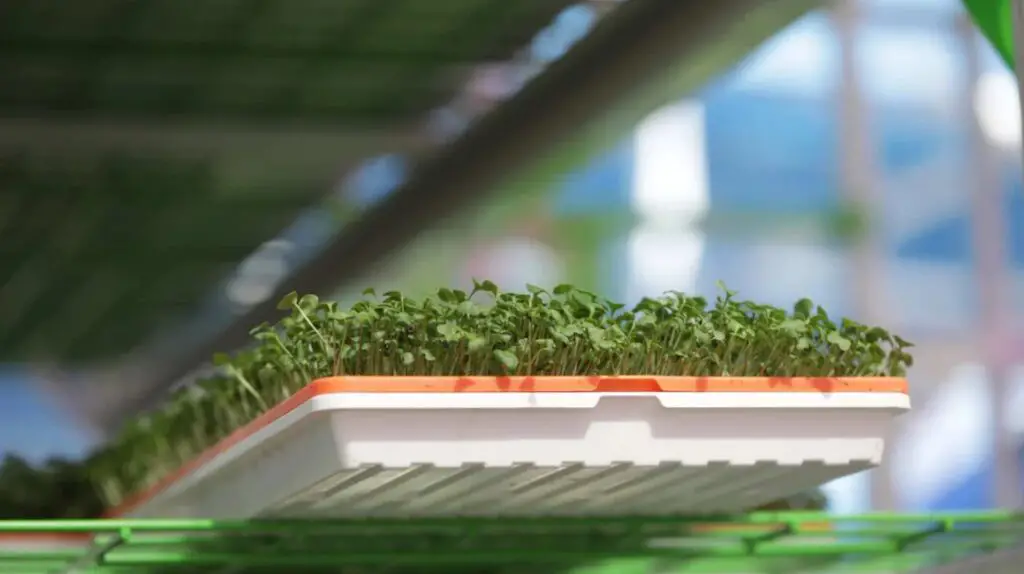
Cost price for a tray of microgreens
In terms of pricing microgreens, the cost of one small tray of microgreens is about $3-$5, although prices may vary depending on the region, seed density, and specific business conditions.
Given this cost, a markup of about 200% is possible, which is normal practice in this industry. So, if you sell a tray of microgreens for $15 is quite realistic and can provide a good profit.
How much to sell microgreens for? Let’s look at an example to illustrate how much can you make from some tray of microgreens. Let’s assume that you managed to sell 100 tray of microgreens of average seed density.
In this case, the total revenue will be 1500 dollars. From this amount, you need to subtract the cost of goods, which, for example, is $ 500 for 100 containers. After subtracting the cost of production will remain $ 1000, which can be seen as net income from the tray of microgreens.
However, it should be noted that this is just an example, and the actual method for pricing microgreens may vary depending on various factors such as market conditions, competition, and sales volumes.
Therefore, it is recommended to make a more detailed calculation, taking into account all the costs and features of your business to get more accurate data on the potential profit from growing microgreens.
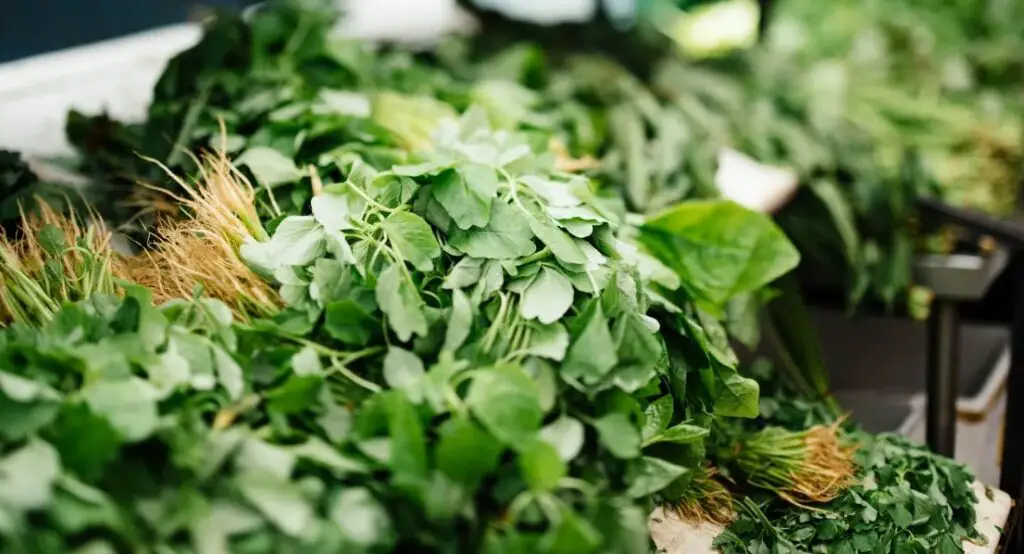
Popular microgreens seeds to grow
The top 10 popular crops for growing microgreens offer a wide range of options, which is attractive to beginning organic farmers’ markets.
Experienced city farmers recommend starting with a plant selection based on seed density and those that exclude nightshade crops from the list because they contain dangerous toxins such as profilins and solanine.
Cucumbers, watermelons, and melons are also not recommended because of their bitterness.
Below are popular microgreens crops:
- Pea shoots. Microgreens in peas have a fresh green flavor and are appreciated for their high protein and vitamin content. It also makes a great garnish for dishes.
- Parsley seeds. Growing parsley from seeds in microgreens is a convenient and quick way to get fresh herbs. Parsley seeds germinate quickly, and in just a few days you can harvest tender green shoots for use in cooking.
- Radish microgreens. Healthy radish microgreens add spice to dishes and go well with sushi, rolls, fresh vegetables, and seafood.
- Marigold seeds. Can also be used to grow microgreens. Marigolds are small flowers that can add brightness and flavor to dishes and also have several health benefits.
- Amaranth. Amaranth microgreens have a delicate nutty flavor and a pleasant pink color. It is suitable for hot and cold dishes as well as drinks.
- Sunflower microgreens. Sunflower microgreens have a sweet and delicate taste reminiscent of seeds. Sunflower microgreens are often used for smoothies, salads, or as a side dish.
- Flax. Flax sprouts go well with a variety of dishes and regulate the gastrointestinal tract.
- Basil seeds. Basil is a popular microgreen crop because of its aroma and flavor. Basil microgreens have an intense aroma and refreshing flavor that perfectly complements many dishes.
- Cilantro. This microgreen has a specific spicy flavor. Sprouts are added to meat dishes, baked goods, stews, and salads as a condiment.
- Leeks. Leek greens have all the flavor and health benefits of green onions and are suitable for a variety of dishes.
When choosing crops to grow microgreens, it is also important to consider the growing season to optimize the process and get the best results.

Requirements to grow microgreens in a greenhouse
Building a greenhouse or small indoor microgreens farm requires several requirements to ensure an optimal microclimate. It is important to pay attention to each of the following aspects.
Temperature
Microgreen plants cannot tolerate cold temperatures, so good insulation and heating of the greenhouse are essential here. Using insulation, such as double-glazed windows or film, will help keep the heat inside the greenhouse.
In addition, installing a heating system will help maintain an optimal temperature during the cold season.
Lighting
Light is key to successful plant growth. Different microgreen crops may require different levels of light. At the beginning of growth, when the plants are just emerging, cold light is recommended to help them germinate.
As plants develop and young leaves emerge, switch to warm light, which provides optimal conditions for growth and photosynthesis. You can also save on energy costs by using different types of lamps with different spectral fluxes depending on the phase of plant growth.
Watering
Microgreen plants need constant moisture. Regular watering is an essential part of their care.
You can use an automatic irrigation system or use a manual watering schedule to keep your own potting soil at the optimum moisture level. It is important to make sure that the plants get enough water without getting too wet.

Sewage System
It is important to pay attention to the sewage system in the greenhouse. The water in the greenhouse basin should be renewed regularly to avoid the accumulation of harmful substances and to keep the irrigation system clean.
Regular draining of old water and supplying fresh water will help ensure a healthy environment for the plants.
Ventilation
A lack of air circulation and oxygen inside the greenhouse is a major concern and oxygen inside the greenhouse can lead to problems such as mold growth and undesirable effects on young plants.
When building a greenhouse, small windows or vents should be provided at the top of the structure. This will allow good air circulation and improve the exchange of gases within the greenhouse.
Refrigeration
To extend the shelf life of fresh microgreens, it is a good idea to cool them down to about 4 degrees before harvesting. Special cooling devices can be used for this purpose, which will help to preserve the freshness and quality of the plants.
By taking all of these aspects into consideration and taking the appropriate steps, you can create optimal conditions for the successful cultivation of microgreens in the greenhouse. This will achieve healthy plant growth and a high-quality harvest.
Conclusion
In conclusion, starting a fresh microgreens business can be a promising venture with the right approach. Microgreens offer nutritional value and growing demand, making them attractive to health-conscious consumers.
The advantages include short growing time, low competition, and flexibility in cultivation methods. However, challenges such as expertise and establishing sales channels should be considered.
Thorough market analysis, securing capital, and choosing the right crops are crucial steps. Creating an optimal microclimate in a greenhouse is essential for successful cultivation.
With proper planning and management, a microgreens business can be profitable and provide growth opportunities, hence you can sell microgreens well.
FAQ
Is selling microgreens profitable?
Yes, if you do sell microgreens, it can be profitable. Microgreens are in demand among health-conscious people, vegans, restaurants, farmers market, and health food stores.
The demand for microgreens persists, especially in large cities, and provides good business opportunities, so you can sell them well.
How much do microgreens sell per pound?
Prices for microgreens per pound can vary depending on the region, seed density, and specific business conditions. Typically sell microgreens for $15 to $30 per pound, but exact figures can vary on seed density.
How much money can you make on microgreens?
The potential profit as you sell microgreens depends on many factors, including sales volumes, seed density, production costs, and competitive conditions.
With all of the costs and specifics of the business, a more accurate calculation of expected profits can be made. However, with proper management and cost optimization, you can make good money from microgreens.
Do microgreens sell well?
Selling microgreens can be in demand, especially among people who adhere to a healthy lifestyle and are interested in organic food.
However, competition and demand for microgreens can vary from region to region and depend on the availability of local market and restaurants, health food stores, and other customers.
An effective business strategy to profitably sell microgreens and highlighting competitive advantages can help increase sales and attract new customers.


